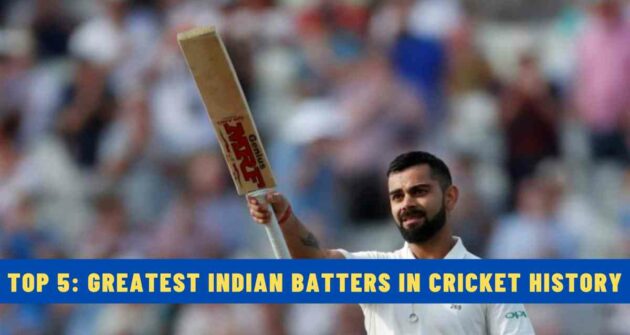Pitches in cricket are central to having a fair contest between bat and ball. The 22-yard surface plays a major role in how the overall match unfolds.
Once a cricket match is over, we often get to hear the match referee provide a rating for the pitch on which the match took place. Some pitches receive a satisfactory rating, while others receive an unsatisfactory rating.
But what is the basis for providing pitch ratings? What are the different types? And what consequences do authorities face for receiving extreme ratings?
In this article, we’ll uncover the ICC’s pitch rating system.
Table of Contents
Why does the ICC provide ratings for pitches?
In 2006, the global governing body implemented the Pitch and Outfield Monitoring Process.
Through this, the ICC aims to assess different playing conditions around the world and hold the member boards accountable for preparing pitches for matches.
What are the types of pitch ratings?
Before November 2023, there were 6 categories based on which pitches received ratings. However, the ICC updated its Pitch and Outfield Monitoring Process guidelines in November 2023 and reduced the categories to 4.
According to the latest pitch rating system, a pitch and the outfield can receive any one of the following ratings: ‘Very Good’, ‘Satisfactory’, ‘Unsatisfactory’, and ‘Unfit’.
Now comes the big question.
Also Read | The Role of ICC in Cricket
How are pitches rated?
For a pitch to receive the ‘Very Good’ rating, it must have a good carry, limited seam movement, consistent bounce, and an acceptable amount of turn, with a fair contest between bat and ball.
If the pitches lack any of the above or offer excessive help to either batters or bowlers, then they might receive a ‘Satisfactory’, ‘Unsatisfactory’, or even worse, an ‘Unfit’ rating.
What happens after the rating is done?
After assessing the match referee’s report, the ICC penalises venues by awarding demerit points if they receive unsatisfactory or unfit ratings.
A venue with an unsatisfactory pitch and outfield will get 1 demerit point, while an unfit rating will attract 3 demerit points. The demerit points remain active for a 5-year rolling period.
During the 5 years, if any venue receives 6 or more demerit points, then the venue can’t stage any international match for a year. And if a venue accumulates 12 or more demerit points, then it will be barred from hosting international matches for 2 years.
Is there any instance of a venue receiving demerit points?
Well, there are plenty of venues that have received demerits points, and some even faced suspensions for breaching the threshold.
To give you an example, in January 2024, the second Test match between South Africa and India came under scrutiny for an ‘Unsatisfactory’ pitch that had excessive bounce and seam movement. That resulted in the match concluding in under 2 days.
The ICC awarded an ‘Unsatisfactory’ pitch rating and handed 1 demerit point to the Newlands venue.
Read Next | Powerplay Overs in ODI Cricket – Explained











